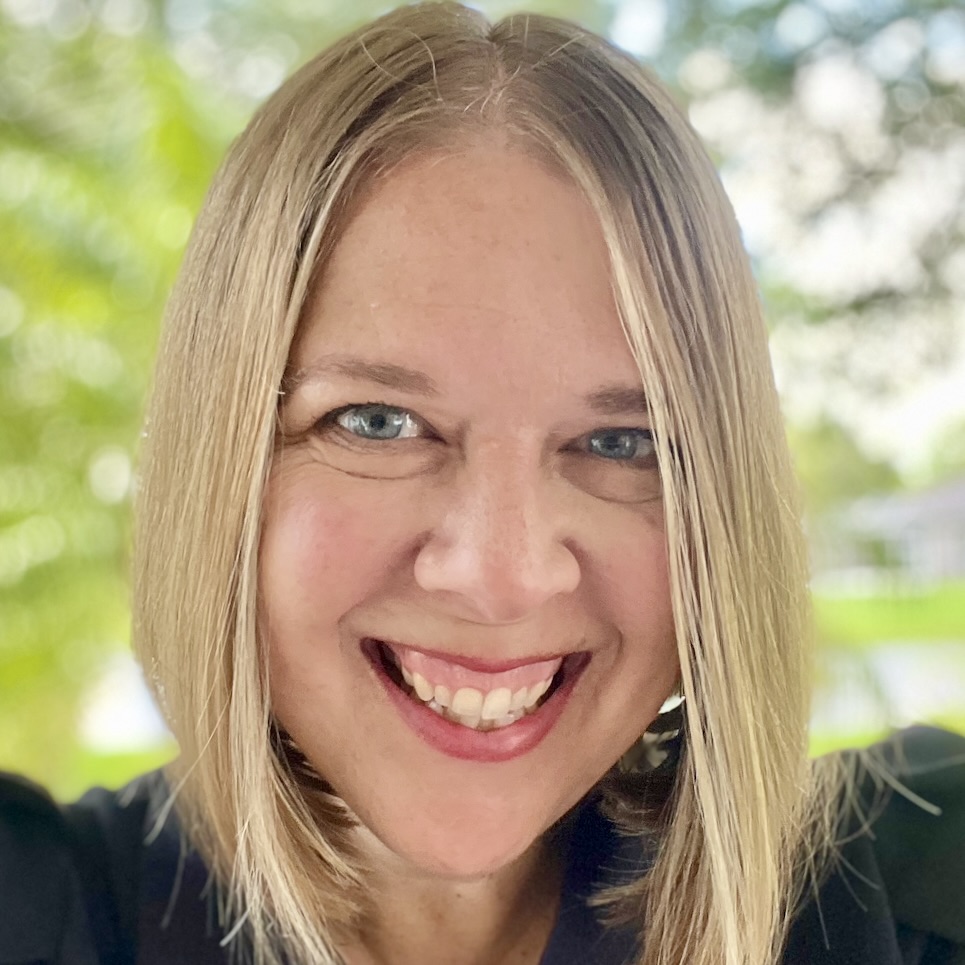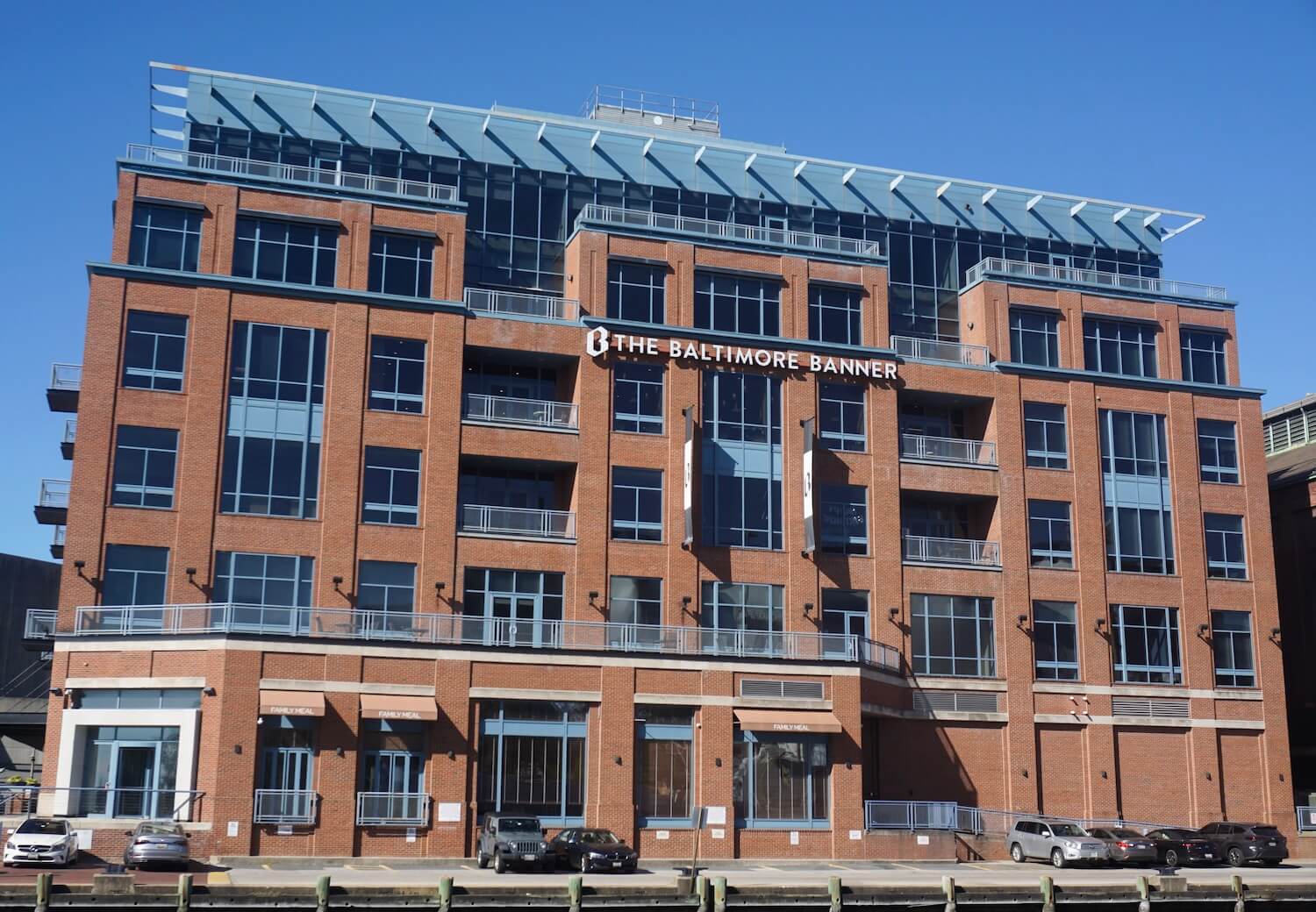On Friday, a New York Times’ memo noted some big changes coming to the news organization that has, in the last few years, spoken internally and externally about digital adaptation.
Many of the changes recommended by The New York Times are changes to workflow that are already being implemented at news organizations, both large and small, across the United States, and they point to an emerging model for preparing legacy newsrooms to face unceasing digital change.
“It all sounds very familiar — liberating content creators from thinking in print terms, more video/visual storytelling, etc.,” Anne Vasquez, Tribune Publishing’s chief digital officer and formerly the managing editor for the South Florida Sun-Sentinel, said in a message. “The key is in the execution. How do you reimagine the newsroom to ensure those things happen? And how do you hold the newsroom accountable for thinking in those terms?”
In 2014, the Sun-Sentinel created a desk that would only deal with print, freeing everyone else from maintaining newspaper deadlines and newspaper thinking. The Dallas Morning News did the same this year. It also restructured beats to focus its coverage on specific topics rather than newspaper-centric desks. And in April, Boston Globe Editor Brian McGrory announced plans to rethink everything at the Globe, including workflow, beat structure and how digital and print work together.
Here are a five steps that several legacy organizations around the country are taking to become digital-first:
1. They’re not trying to be everything to everyone
The Times’ memo acknowledges that most readers have a “seemingly endless online landscape.” Instead of covering every tiny development, they’ll focus on “hard-hitting ‘only-in-The New York Times’ coverage: authoritative journalism and information readers can use to navigate their lives.”
In Dallas, that means acknowledging that they’re not the only outlet creating journalism, that reporters don’t have to write about every meeting they attend, and that often, the best thing they can do is aggregate and link out.
“We can’t be everything to everyone anymore,” said Paul O’Donnell, business vertical editor.
The business desk wrote about earnings reports as a matter of routine, regardless of whether or not any real news was in those reports. Letting go of some of those habits has been hard for some reporters, especially veterans, to give up, he said.
“What do you let go of? That’s always the key question for us,” he said. “What do we not do today?”
2. They’re focusing on the areas they can and should cover best
The Times’ memo calls for reimagining how the newspaper should cover New York City while being mindful that fewer than half of readers actually live there. The Cincinnati Enquirer made a choice about what it won’t cover and what it will earlier this year when editors assigned reporter Terry DeMio to cover the heroin epidemic. The idea of an all-encompassing “paper of record” is a lovely one, editor Peter Bhatia said in February, but it’s now out-of-date.
“Any editor can tell you that there are way more issues to cover than we can actually get to, but my focus here has been making sure that we’re doing the most important things really well and in-depth, and in that context, heroin certainly rises to standing on its own as a beat.”
3. They’re freeing most people from print constrictions
The Times’ memo notes something that has already begun in Dallas and Fort Lauderdale: Print is now a product, not the product.
Assigning editors, in the very near future, will not worry about filling space. They will worry over coverage, and the best ways to tell stories. The print hub, a dedicated group of designers and editors, will then construct the print paper out of the great wealth of journalism.
The Sun-Sentinel made this change in 2014 with a plan known as “the new digital,” which set forth different workflows for digital and print production. Eight months later, the process was still tough for some, but yielded immediate results.
Staff are breaking news as it happens, building as they learn more. They’re working on more interactive projects, they’re posting stories earlier, and they’re posting more videos, including a series with its own Hulu channel called “Sun Sentinel Originals.”
The process, as it began, was also a big shift in Dallas.
“We took processes that we had in place for decades and we blew them up,” said Denise Beeber, editor of the print team. “So people are uncomfortable, it’s fair to say.”
Erik Schutz, print coordinator for the news vertical, underestimated what a challenge the transition would present, and he didn’t foresee how much copy the digital side would actually produce. For now, several hubs still work in their own CMS. And the site changes quicker than print editors can keep up with it.
4. They’re thinking beyond words
Editors at the Times have already started collecting ideas on “how to build a newsroom that produces fewer perfunctory articles and a greater array of story forms, including more visual journalism, and conversational writing.”
In Fort Lauderdale, the result of less people focusing on print was more people finding new ways to tell stories.
“I think we didn’t realize how much production stuff we had absorbed over the years,” said Dana Banker, metro editor for news.
Being freed from that has been liberating, she said, and everyone can think about how a story should be told instead of how to make it fit print.
5. They’re organizing teams around topics, not desks
“In the past, an editor who ran education coverage across The Times had to convince the metropolitan and national editors to run stories that fit their sections,” the Times’ memo said. “Now, to be provocative, it could be that some important subjects — climate change, education, health care, to name a few — should function on their own.”
In Dallas, the newsroom is now organized into hubs around topics, such as breaking news and high school sports. Reporters in those hubs are expected to develop a few obsessions that they’ll report on regularly, but not indefinitely. A report on the changes laid out a vision for how obsessions should work.
A central part of our job continues to be holding public officials accountable to the obsessions of our public trust in their office. But obsessions are also an admission that we can’t encompass all aspects of civic life. No news organization has the resources to cover every incremental development in a world as fast-paced and complex as ours. Getting something ‘on the record’ is not a justification for writing boring stories that no one reads.
Other newspapers, including the Los Angeles Times and The Washington Post, have also created desks responsible for digital-first coverage.
Of course none of these changes by themselves take on one of the biggest questions legacy and digital news organizations alike share — finding a sustainable business model. And maybe that’s because there’s not one-size-fits-all solution. Last week, Poynter’s Rick Edmonds wrote about searching for the silver bullet at the Minneapolis Star Tribune that led to a steady increase in revenue.
If he had to place one big bet for the future, a questioner asked, what would he pick? Marketing chief Steve Yaeger diplomatically replied that he would think that one over. But, in fact, the Star Tribune’s approach has been the antithesis of such silver-bullet thinking; instead the company mounts a lot of timely small and mid-sized initiatives.
It wasn’t just one thing, Edmonds reported, but many efforts and the understanding that they’d have to stay nimble, continue experimenting and continue adapting.
So what can The New York Times, or any other legacy organizations, learn from the places that have already tried some of this out?
“I wouldn’t presume to offer advice to The New York Times, but I can tell you a few things we’ve learned over the last year,” said Robyn Tomlin, vice president and managing editor of the Morning News. “It’s essential to engage people at all levels of the organization in the transformation process — that includes doing surveys, hosting open discussions and involving them in all aspects of the planning process. It helps you anticipate potential challenges and get grassroots support for the changes to come.”
Another big lesson — transparency matters. Offer regular updates, and admit what you don’t know. That invites discussion, she said, and often leads to thoughtful solutions.
A few other essentials: Get away from routines, focus on being original and become platform-agnostic with both story and presentation, said Bhatia, editor and vice president of engagement at The Enquirer.
“The steps the Times is taking sound smart and appropriate to me,” he said via email. “It is all part of the digital evolution we all are working through.”
That working through part might be the most important to remember.
“There are a lot of things that we’re figuring out as we go,” Tomlin said. “That’s not how we’ve operated historically, so it’s taken some getting used to.”







